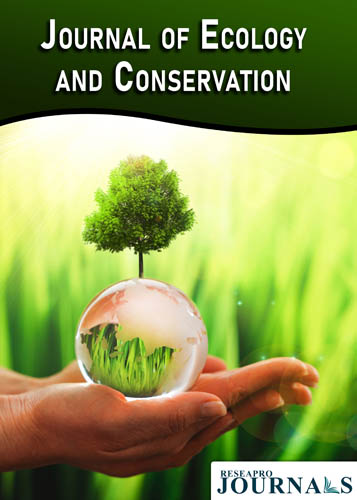
Journal of Ecology and Conservation
OPEN ACCESS

OPEN ACCESS

1Institute of Andean Ecoregions (INECOA), National Scientific and Technical Research Council (CONICET), Jujuy, Argentina
2Centre of Territorial Environmental and Social Studies (CETAS, UNJu)
3Department of Agricultural Ecology, National University of Jujuy (UNJu), Jujuy, Argentina
4Independent Investigator, N/A, Salta, Argentina
5Department of Plant Physiology, National University of Jujuy, Jujuy, Argentina
The Polylepis genus faces significant conservation challenges, with all species experiencing declining population trends. Northwest Argentina, home to five species, represents a hotspot, yet this region has received less research attention in the country. This review assesses the role of grey literature in Polylepis conservation, supplemented by fieldwork. Our findings reveal that most data focus on Polylepis tomentella, with lessentries on P. australis, P. tarapacana, and especially P. hieronymi, and P. crista-galli. More than half of the information rated as useful for conservation purposes was provided by grey literature (51.8%). Locally informed population trends for P. australis offer valuable insights, though broader conclusions are still required. The available information was essential in identifying knowledge gaps and threats. This work underscores the need for field experiments to validate prevailing assumptions about the genus. The information presented here provides a solid foundation for future conservation strategies and we recommend including grey literature in reviews on little-known species or underrepresented regions.
1Institute of Andean Ecoregions (INECOA), National Scientific and Technical Research Council (CONICET), Jujuy, Argentina
2Centre of Territorial Environmental and Social Studies (CETAS, UNJu)
3Department of Agricultural Ecology, National University of Jujuy (UNJu), Jujuy, Argentina
4Independent Investigator, N/A, Salta, Argentina
5Department of Plant Physiology, National University of Jujuy, Jujuy, Argentina